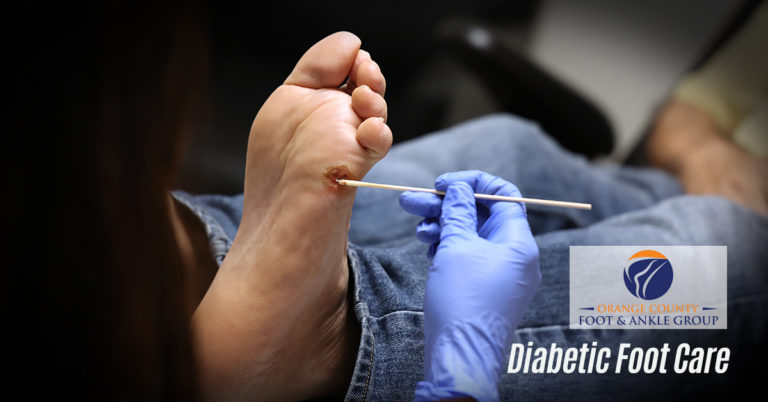Diabetes: The leading cause of lower extremity amputations
Did you know that diabetes is the leading cause of non-traumatic lower extremity amputations in the United States? Amputation is required in 14–24 percent of diabetic patients who develop a foot ulcer, and despite the fact that foot ulceration is treatable, it accounts for 85 percent of diabetes-related amputations.
You could be susceptible to foot ulcers!
Anyone with diabetes is at risk of developing a foot ulcer. Furthermore, people who use insulin or have diabetes-related kidney, eye, or heart illness are more likely to develop this ulcer, as are Native Americans, African Americans, Hispanics, and older males. Overweight persons, as well as those who use alcohol or cigarettes, are at a higher risk of getting foot ulcers.
Foot ulcers occur as a result of a mix of circumstances, including a loss of sensation in the foot, poor blood circulation, foot deformities, irritation from factors such as friction and pressure, trauma, and long-term diabetes. It is critical to treat foot ulcers as soon as possible in order to decrease the risk of infection and amputation, optimize the functionality and quality of life, and manage healthcare costs.

Diabetic Foot Ulcer Treatment.
The best treatment for a diabetic foot ulcer is to avoid getting it in the first place. This involves minimizing the risk factors like smoking, consuming alcohol, eating high-cholesterol meals, and raising blood glucose levels, as well as wearing proper socks and shoes like the New Balance Diabetic Shoes.
It's also a fine decision to see a foot doctor on a frequent basis, especially if you're at high risk of getting a foot ulcer. If you have neuropathy (alternate or full lack of sensation in the foot due to nerve damage), poor circulation, foot deformity (e.g., bunion, hammer toe, etc.), uncontrolled blood sugar, a history of past foot ulcers, or wear improper shoes, you are at high risk.
The best diabetic foot ulcer treatment also includes knowing how to inspect your feet so that you can detect any potential problems as soon as possible. It is advised that you check your feet every day, paying careful attention to the sole and the space between your toes.
Examine for any cuts, bruises, splits, blisters, redness, ulcers, or other abnormalities. Any concern should be reported to your foot doctor as soon as possible, no matter how minor it appears to you. Some people may have foot and ankle discomfort, but though many people who develop foot ulcers may feel pain, pain is not a typical sign. That is why frequent checkups are very important.
The first thing you may notice is some discharge on your socks, or some redness and swelling, and, if the disease has advanced, an odor may be present. Under such conditions, coordinated diabetic foot care is essential to reducing the risk of infection and predisposing oneself to amputation.
The fundamental objective of diabetic foot ulcer treatment is to achieve complete healing as quickly as possible since the sooner the healing, the less likely infection would occur, leading to amputation. Seeing a foot doctor for proper treatment is also necessary in the treatment of diabetic foot ulcers.
A suitable therapy will relieve pressure on the affected area, remove dead skin and tissue, administer medicine or dress the ulcer, and regulate blood glucose and other health-related issues. Orange County Foot & Ankle Group will be of great assistance in this regard. They have extensive expertise in diabetic foot care and are known for their pleasant and competent team that follow up with their patients every step of the way to ensure that their pain is reduced, issues are treated, and their health improves.
If the foot doctor treating your diabetic foot ulcer at Orange County Foot & Ankle Group identifies an infection, they will place you on a treatment plan that includes antibiotics, wound care, and hospitalization if necessary. Maintaining strict control of your blood glucose levels, keeping the ulcer clean and wrapped, washing the wound daily, wearing a wound dressing or bandage, and avoiding going barefoot are all ways to protect the ulcer from becoming infected.
Click here for more information on how to avoid serious foot problems that could result in losing a toe, foot, or leg. You will also find more information on how to get yourself New Balance diabetic shoes.




Comments